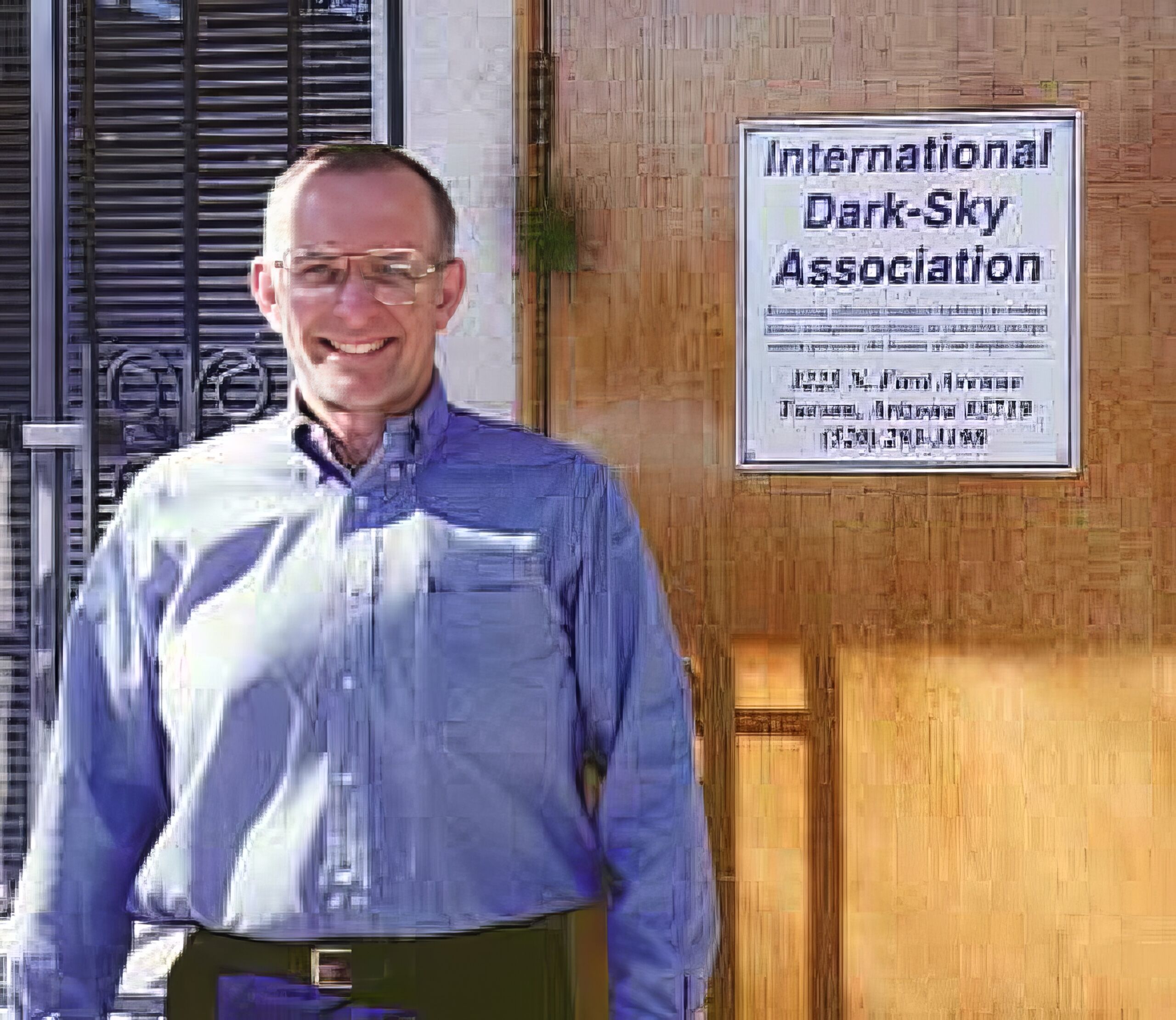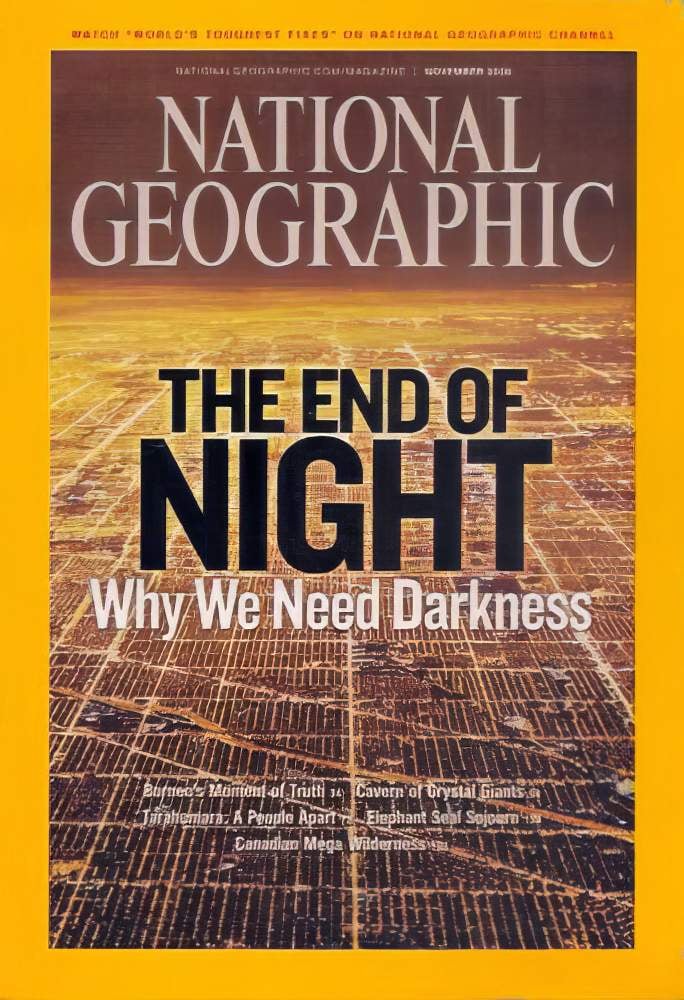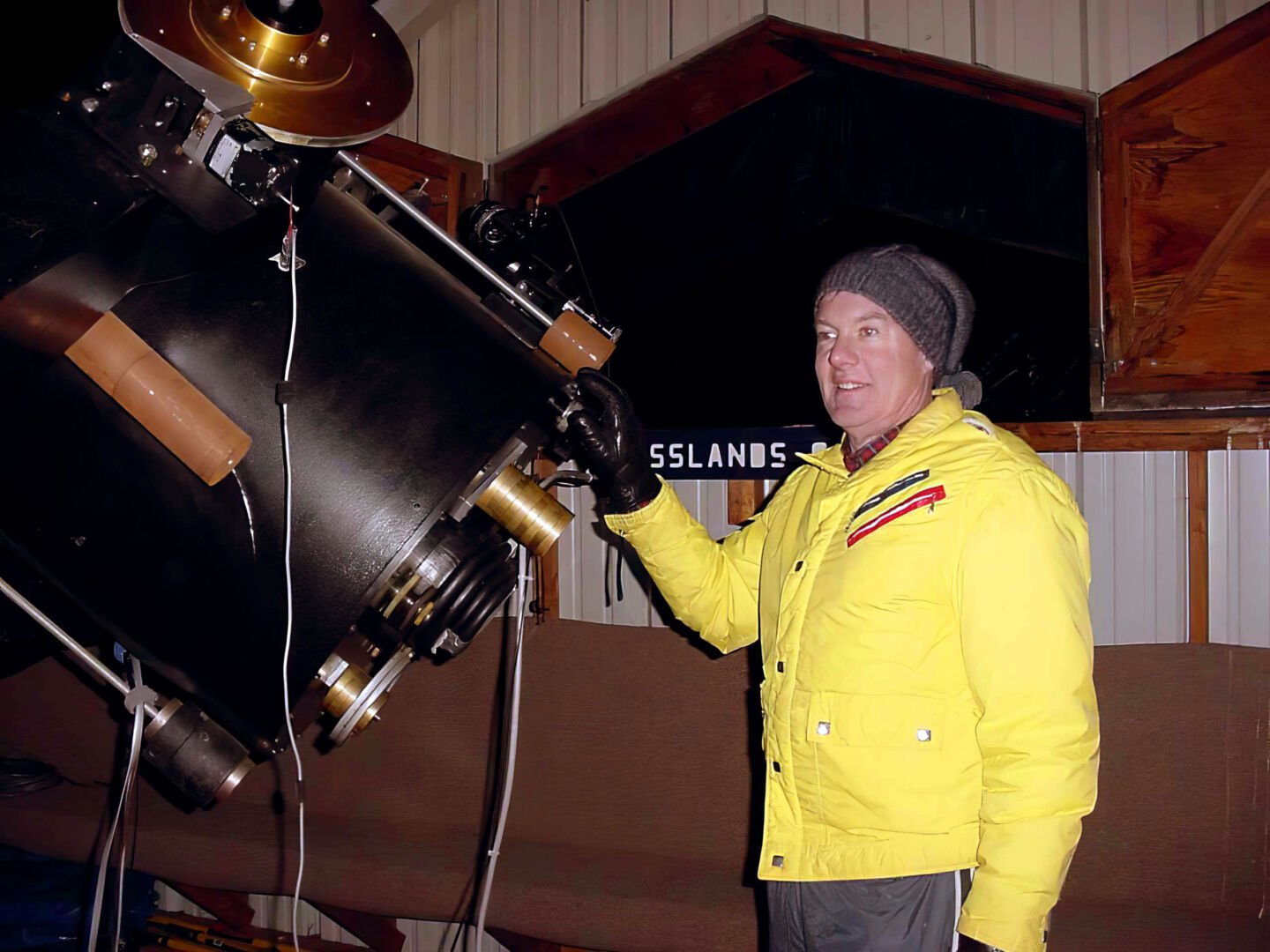
IDA: The early years

Sixty years ago, I remember beautiful star-filled night skies over Phoenix, Arizona, and crystal blue skies in the day. Wow! How times have changed. In the 1970s, I became keenly aware of the problem of increasing skyglow and the loss of night skies. I had to drive farther and farther out of the city to appreciate the formerly magnificent night skies of the Phoenix suburbs. As if excessive lights weren’t bad enough, a brown haze started looming over the city.
In 1994, a few years after the International Dark-Sky Association (IDA) was established, I began to tackle light pollution head-on. A friend suggested that our local astronomy club in San Antonio, Texas, set up a booth at Earth Day. She wanted to highlight the “endangered constellations” and had her high school class make posters of the threatened “species.” My first reaction was, “You’ve got to be joking!” But, she was persistent, and I decided to help. We wrote to IDA co-founder Dr. Dave Crawford, and he sent us hundreds of fact sheets. We were off and running.
In 1995, we hosted an annual Astronomical League Convention in San Antonio and made “Dark Skies” our theme. Dr. Tim Hunter, IDA’s other co-founder, was our lead speaker. Tim spent a lot of time with us and invited me to join IDA. I thought to myself, “That’s all I need — another organization to join.”
In 1996, my wife, Terrie, was transferred to Tucson, Arizona, and I began volunteering at IDA. We opened the new IDA office on North First Avenue in January of 1997. Back in those days, IDA could only afford one part-time employee. I recall in 1997, we were printing IDA information sheets by the thousands and, in 1998, I estimated that we had distributed over 100,000 pages of information sheets.
In 1998, while I was working alone in the IDA office to prepare for an upcoming IDA annual meeting, a lone man walked in. I welcomed him, showed him a seat, and continued working. He asked if I had a treasurer’s report. I gave him a copy and explained some of the details. He then asked what we could do if we had more money. I answered that it would be great to hire a full-time employee, run a big membership drive, and so much more. He said, “I’d like to begin donating $50,000 per year to IDA. Begin sending me quarterly invoices for $12,500.” I almost fell out of my chair. The lone man was Chris Walker, now a longtime and generous benefactor of IDA. In addition to financial support, Chris contributed some of the most brilliant ideas IDA has ever received.
For the next twelve years, I continued my work as a full-time IDA volunteer. When my wife was transferred to Washington, D.C., I became IDA’s Washington, D.C. liaison officer. I spoke at state, county, and city legislative sessions across the region whenever lighting control laws were being considered. Later, when Terrie was transferred to Italy to run the law office at Aviano Air Base, I became the IDA European liaison officer and traveled to dozens of countries to help with international meetings on preservation of the night skies.
While overseas, I worked with IDA headquarters to promote better outdoor lighting to control skyglow, glare, and other problems created by excessive nighttime lighting. We also helped support the annual European Symposium for the Protection of the Night Sky. In 2004, the symposium was held in Paris.
In 2008, while serving as president of the IDA board of directors, I was invited by Audrey Fisher to visit Chicago, Illinois. Audrey was working with the science advisor to then-Lt. Governor Pat Quinn to arrange a press conference on light pollution. The Village of Homer Glen, which is just outside of Chicago, had recently passed a lighting code, and we were trying to get some good press coverage. I had never met anyone with as much enthusiasm as Audrey!

As the years passed, awareness grew. Hundreds, if not thousands, of communities passed outdoor lighting codes, and media attention increased. Light pollution made the front cover of National Geographic, as well as many other magazines and newspapers. IDA gained recognition through spots on National Public Radio and regional TV news programs. Thanks to the efforts of Czech Republic IDA Chapter President Dr. Jan Hollan, we were also on national television in the that country. We kept pushing, and if we felt any give, we would push harder. Now we have “Globe at Night” and so many other excellent programs around the world. Our message has always been the same: Use only the right amount of light when and where you need it. You’ll save energy and protect the nighttime environment.We are making progress, but there is more work to be done. If you are interested in stopping light pollution, I encourage you to study the issues in detail. As always, there is a wealth of information available at the IDA website: darksky.org. Good luck!
About the author
Lt. Col. Bob Gent is a retired USAF Space Systems Officer and past president of the Board of Directors of the International Dark-Sky Association as well as past president of the Astronomical League. Bob Gent passed away in 2019.
This article first appeared in Nightscape issue #90–91.

















